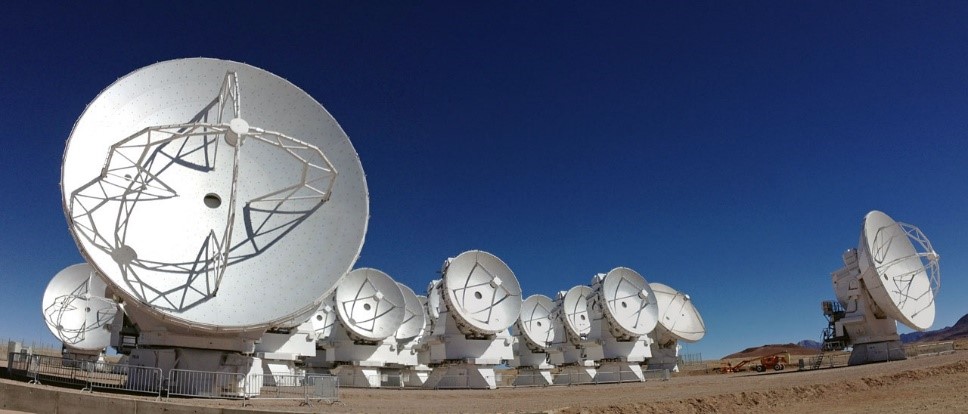Free Courses Sale ends Soon, Get It Now


Free Courses Sale ends Soon, Get It Now



Disclaimer: Copyright infringement not intended.
Context
What is ALMA?
Location
Notable discoveries made by ALMA
|
PRACTICE QUESTION Q) Which of the following statements is/are correct? a. The Atacama Large Millimetre/submillimetre Array (ALMA) — is a radio telescope comprising 66 antennas located in the Atacama Desert of northern Chile. b. ALMA is an international partnership amongst Europe, the United States, Canada, India, Japan, South Korea, Taiwan, and Chile. I. Only a II. Only b III. Both a and b IV. Neither a nor b Answer: Option I |
https://indianexpress.com/article/explained/explained-sci-tech/what-is-alma-telescope-8467423/
© 2024 iasgyan. All right reserved